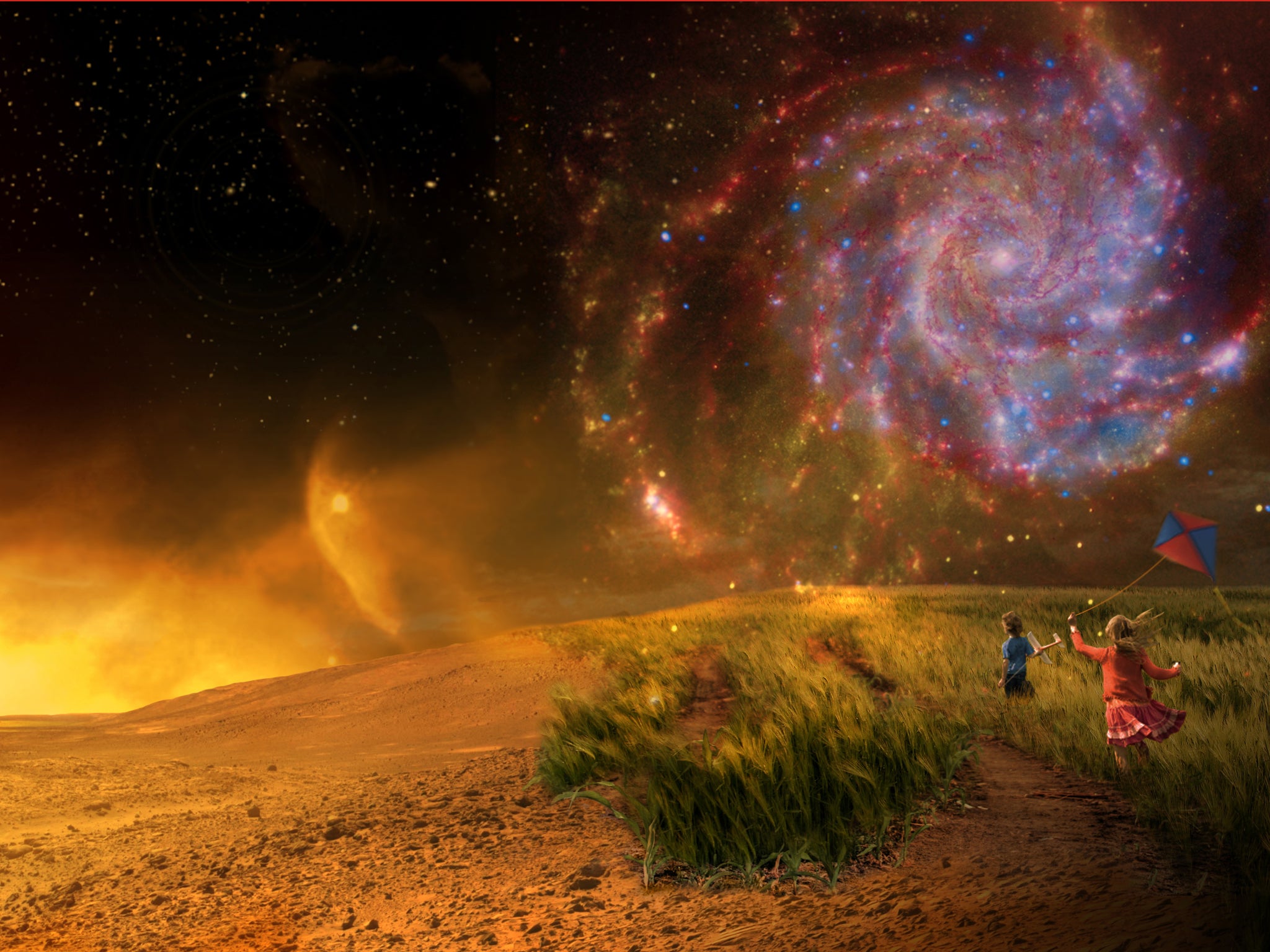Nasa’s search for aliens steps up: agency puts together crack coalition to search for extra-terrestrial life
The Nexus for Exoplanet System Science, or NExSS, will bring together a range of scientific skills in an attempt to improve the search for life on other planets

Your support helps us to tell the story
This election is still a dead heat, according to most polls. In a fight with such wafer-thin margins, we need reporters on the ground talking to the people Trump and Harris are courting. Your support allows us to keep sending journalists to the story.
The Independent is trusted by 27 million Americans from across the entire political spectrum every month. Unlike many other quality news outlets, we choose not to lock you out of our reporting and analysis with paywalls. But quality journalism must still be paid for.
Help us keep bring these critical stories to light. Your support makes all the difference.
Nasa is bringing together scientists from a range of different fields to try and search for life on other planets.
The Nexus for Exoplanet System Science, or NExSS, will bring together earth scientists, who will look to further understand how planets can support life. They will do so by looking at how our Earth and the planets around us search for life, and use that to understand how viable newly-discovered planets could be as homes for aliens.
“This interdisciplinary endeavor connects top research teams and provides a synthesized approach in the search for planets with the greatest potential for signs of life,” said Jim Green, NASA’s Director of Planetary Science, in a statement. “The hunt for exoplanets is not only a priority for astronomers, it’s of keen interest to planetary and climate scientists as well.”
The team will look to understand exo-planets — those that are around other stars, like Earth. It is a new field, beginning when scientists found the first planet that goes around a sun like ours in 1995. Since then, scientists have found more than 1,000 planets, with many more waiting to be confirmed.
The new team will research ways of confirming whether those planets are habitable, and then how to find our whether they exhibit signs of life.
NExSS will bring together earth scientists, planetary scientists, heliophysicists who study the sun and astrophysicists who will provide data on the planets themselves.
Nasa says those research communities will work together to answer “one of humanity’s deepest questions: Are we alone?”
The scientists in the group will “provide a foundation for interpreting observations of exoplanets from future exoplanet missions”, said Paul Hertz, director of the astrophysics division at NASA. Those missions include the Transiting Exoplanet Survey Satellite, which will be launched in 2017, and the James Webb Space Telescope which is expected to be launched a year later.
The team will include members from 10 different universities and two research institutes, and will be led by scientists from Nasa’s own research centres.
Join our commenting forum
Join thought-provoking conversations, follow other Independent readers and see their replies
Comments